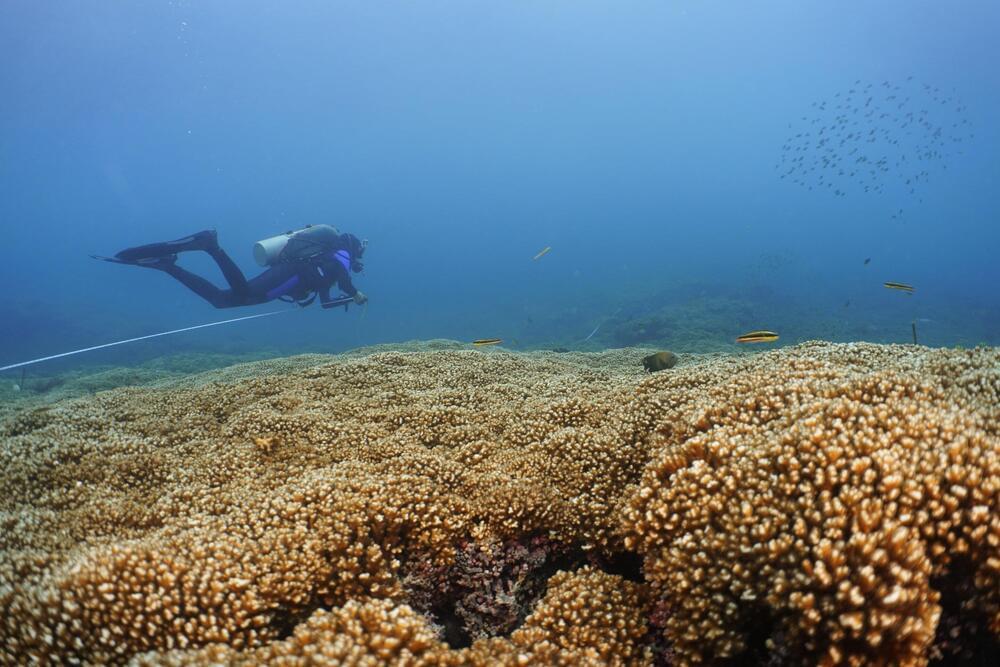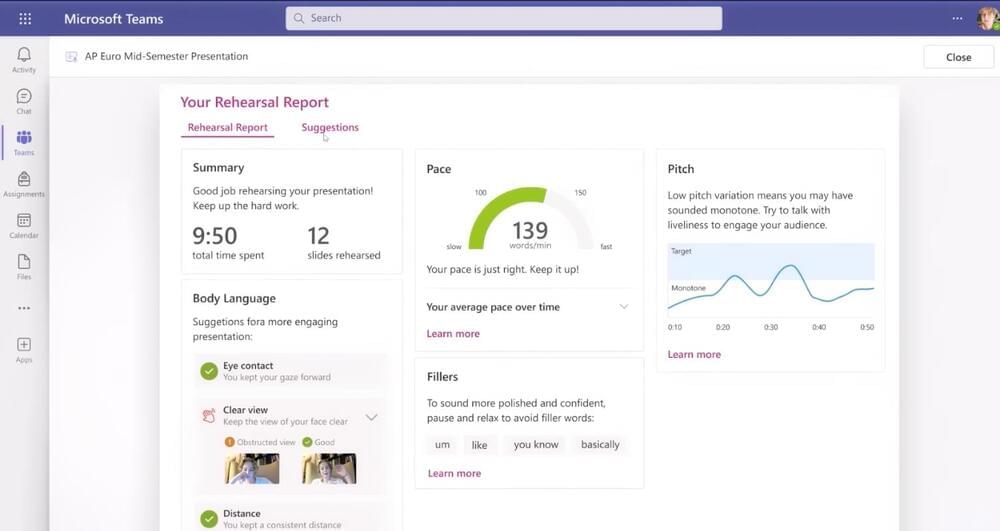https://youtube.com/watch?v=jkNxmTrrZSk
“Like a lock and key” — this is the description of how viruses can get into our cells. Viruses use special proteins on their surface to enter cells. They do this because they need our cells to reproduce. But viruses can only enter certain cells. They use proteins on their surface that act like keys to unlock human cell receptors to invade and infect cells.
Play a Kahoot! trivia game based on this animation: http://www.vaccinemakers.org/trivia.
Watch the animation, “How do Viruses Reproduce?” to see what happens after the virus gets into our cells: https://youtu.be/QHHrph7zDLw.
Animation created by and for the Vaccine Makers Project.
The Vaccine Makers Project gratefully acknowledges the ongoing collaboration and partnership with XVIVO, creator of medical animations and scientific media: https://xvivo.com.
Copyright © 2016, Medical History Pictures, Inc. All rights reserved.
The Vaccine Makers Project (VMP) is the classroom-based program of the Vaccine Education Center at the Children’s Hospital of Philadelphia (VEC at CHOP). The Center’s team is composed of scientists, physicians, mothers and fathers devoted to the study and prevention of infectious diseases. The Center was launched in October 2000 to provide accurate, comprehensive and up-to-date information about vaccines and the diseases they prevent. The VMP program is committed to public education about vaccine science via scientifically supported, historically accurate, and emotionally compelling content.
Access the VMP’s free classroom materials: http://www.VaccineMakers.org.


